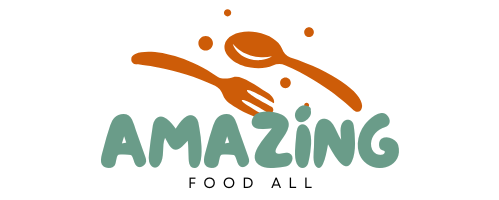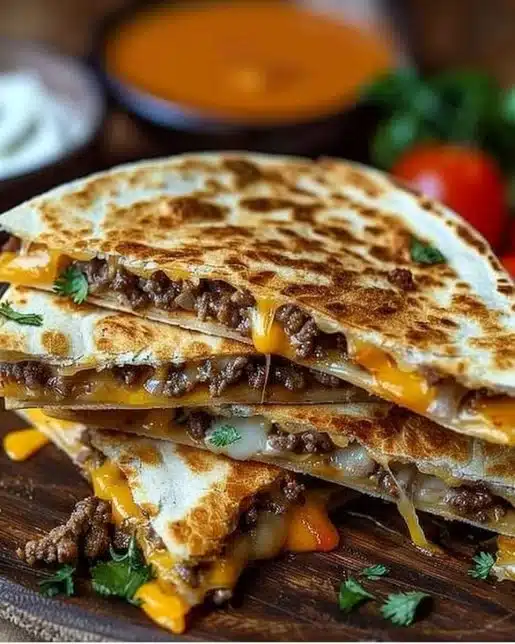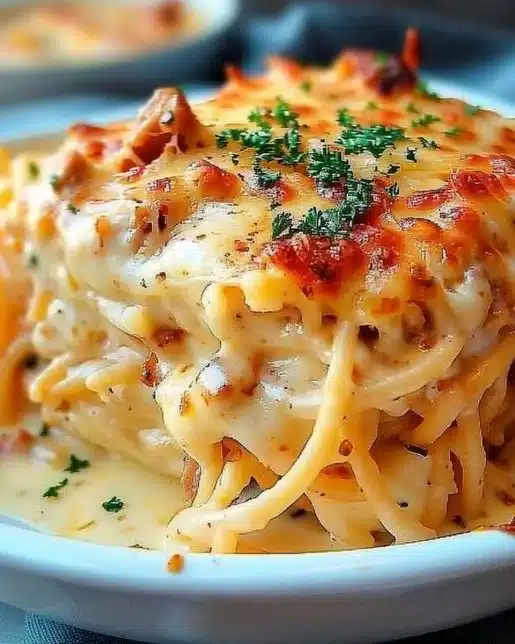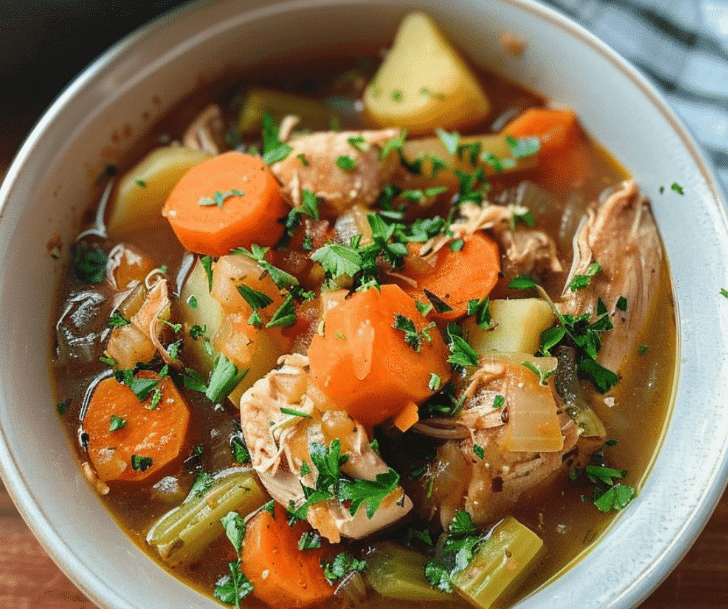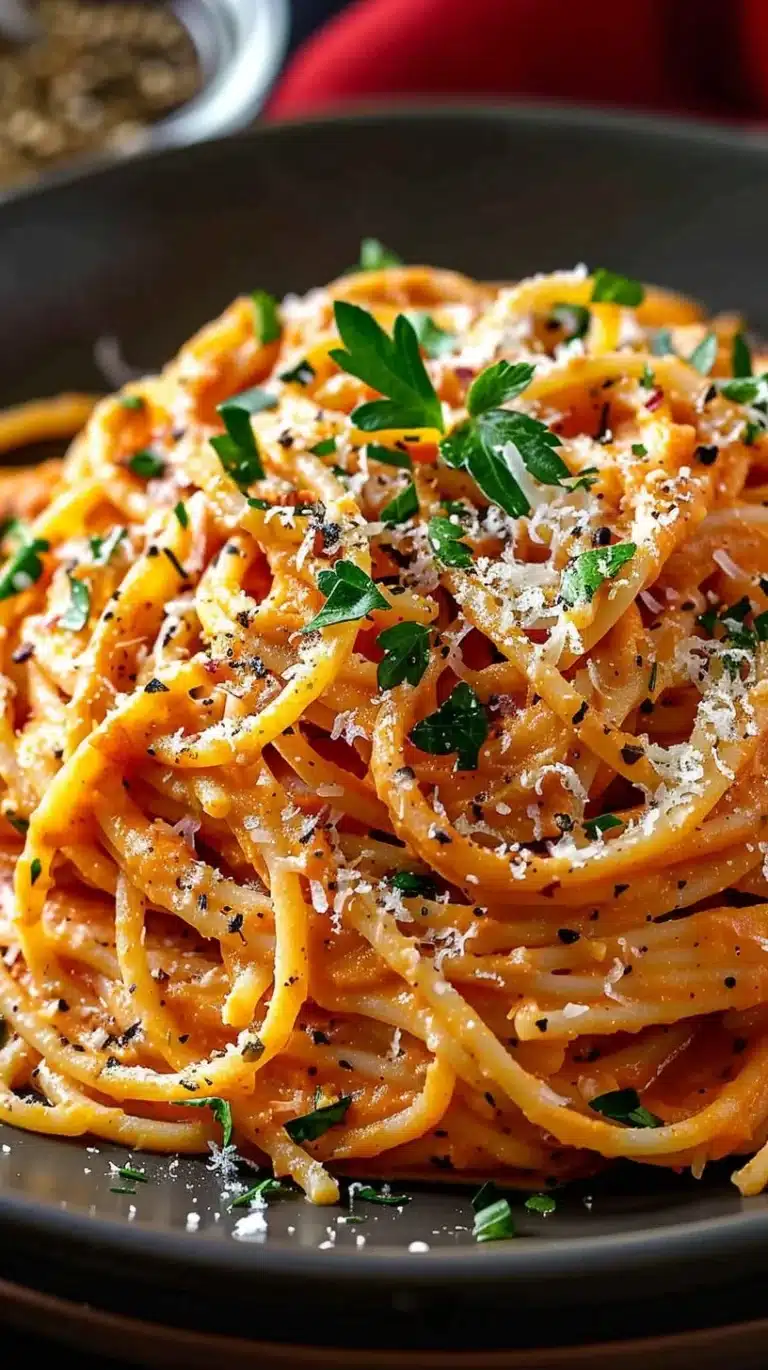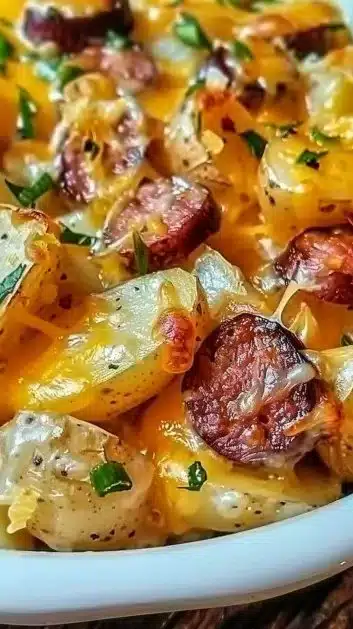How to Freeze Corn: Easy Guide for Freezing Corn On or Off the Cob
There’s nothing like biting into fresh, sweet corn in the summer. Whether you’ve picked it from your garden or scored a great deal at the farmers market, learning how to freeze corn can help preserve that peak-season flavor all year long. This guide will walk you through freezing corn on or off the cob, how to prep it, and how to store it properly.
Table of Contents
Freezing corn is simple, requires minimal tools, and saves you money and time later. Unlike canning, it doesn’t require specialized equipment, and the results taste just as fresh when cooked correctly. According to the University of Nebraska-Lincoln Extension, freezing is one of the best methods for retaining corn’s texture and nutrients.
Before you start, it’s important to understand the best preservation practices. The National Center for Home Food Preservation recommends blanching corn before freezing for optimal taste and food safety. We’ll cover both blanched and unblanched methods, plus step-by-step guides for freezing both corn on the cob and kernels.
Tools & Supplies You’ll Need
- Large pot for boiling
- Bowl filled with ice water
- Freezer-safe bags or vacuum sealer
- Sharp knife
- Cutting board
- Permanent marker for labeling
Choosing the Right Corn
To get the best results, use freshly picked sweet corn. The sooner you freeze it after harvest, the better the taste and texture. Look for:
- Bright green husks that are tightly wrapped
- Plump kernels filled to the tip
- Sweet smell when husks are peeled back
Avoid using corn that is overly mature or dry.
Preparing Corn for Freezing
Before freezing, properly preparing the corn makes a big difference:
- Shuck the corn: Remove the outer husks and as much silk as possible.
- Wash thoroughly under cool running water.
- Pat dry to remove surface moisture before blanching or cutting kernels.
Freezing Corn on the Cob (Blanched Method)
Freezing whole cobs is ideal for grilling or boiling later. Blanching helps stop enzymatic processes that degrade flavor and texture over time.
Steps:
- Shuck the corn and remove all silks.
- Boil water in a large pot.
- Small cobs: blanch for 7 minutes
- Medium cobs: 9 minutes
- Large cobs: 11 minutes
- Transfer to an ice bath immediately for the same amount of time to halt cooking.
- Pat dry the cobs thoroughly.
- Place in freezer bags, removing as much air as possible.
- Label with date and freeze.
Tip: For longer preservation, use a vacuum sealer instead of zip bags.
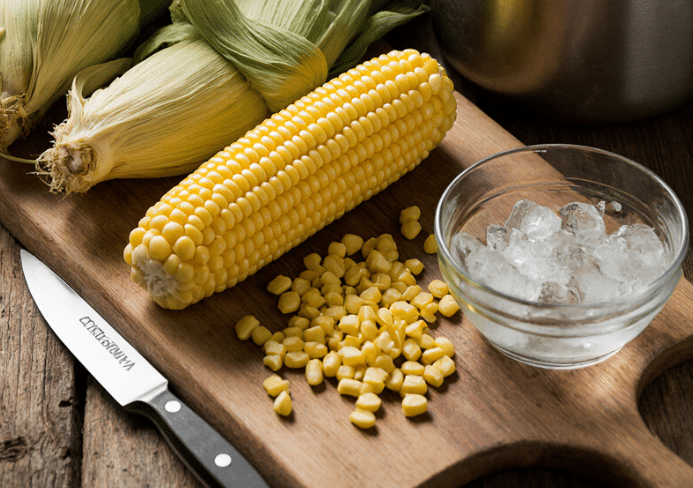
Freezing Corn on the Cob (Unblanched Method)
This method is faster but best for short-term storage (2–3 months).
Steps:
- Shuck and wash corn.
- Pat dry.
- Place cobs directly into freezer-safe bags.
- Remove air, label, and freeze.
Note: Expect slightly reduced flavor and texture over time compared to the blanched method.
Freezing Corn Off the Cob
Prefer loose kernels for soups, salads, or sautés? Here’s how to freeze them.
Method 1: Blanched
- Shuck and clean the corn.
- Boil ears for 4–5 minutes.
- Place into an ice bath for the same amount of time.
- Cut kernels off using a sharp knife.
- Spread kernels on a baking sheet in a single layer.
- Flash freeze for 1–2 hours.
- Transfer to freezer bags, press out air, label, and freeze.
Method 2: Raw (Unblanched)
- Shuck and wash.
- Cut kernels directly off the cob.
- Place into freezer bags, removing air.
- Label and freeze immediately.
While unblanched kernels save time, blanching preserves color, flavor, and texture better long-term.
Labeling, Storage & Shelf Life
To avoid waste and confusion, always:
- Label bags with date and contents.
- Store in flat layers for faster freezing and defrosting.
- Use within:
- 6–9 months for blanched corn
- 2–3 months for unblanched corn
For even longer storage, check out the Ball/Kerr Fresh Preserving guide for vacuum sealing options.
How to Use Frozen Corn
Frozen corn is incredibly versatile. You can:
- Toss it into soups or stews directly from the freezer
- Steam or boil for a side dish
- Sauté in butter and herbs
- Microwave frozen corn on the cob for a quick snack
- Grill frozen cobs in foil with seasoning
No need to thaw kernels before cooking—just throw them into your hot pan or boiling water!
Troubleshooting & Common Mistakes
Avoid these freezing errors:
- Freezer burn → Caused by too much air in the bag
- Mushy texture → Likely due to over-blanching or refreezing
- Clumped kernels → Flash freeze before bagging
FAQs
Can you freeze corn without blanching it?
Yes, but it may not last as long and can lose flavor or become mushy.
Is it better to freeze corn cooked or raw?
Freezing blanched corn (partially cooked) gives the best results for texture and flavor.
How long do you blanch corn before freezing?
Usually 4–11 minutes depending on whether you’re freezing kernels or whole cobs.
Can you freeze cooked corn on the cob?
Yes, but expect softer texture when reheated.
Do you need to cook corn before freezing?
No, but blanching is highly recommended for longer storage.
How long can frozen corn stay in the freezer?
Blanched: up to 9 months. Unblanched or cooked: use within 2–3 months.
Pro Tips & Bonus Hacks
- Want buttered corn ready to go? Add a dab of butter and seasoning before sealing.
- Freeze small portions using ice cube trays or mini bags for quick additions to meals.
- Create a corn butter log by blending frozen kernels with herbs and freezing in a roll.
Conclusion
Freezing corn is one of the easiest ways to preserve summer’s bounty. Whether you like it on the cob or off, blanched or raw, you can enjoy that fresh, sweet flavor well into winter. Just remember to label everything, remove excess air, and choose the method that best fits your future meal plans.
